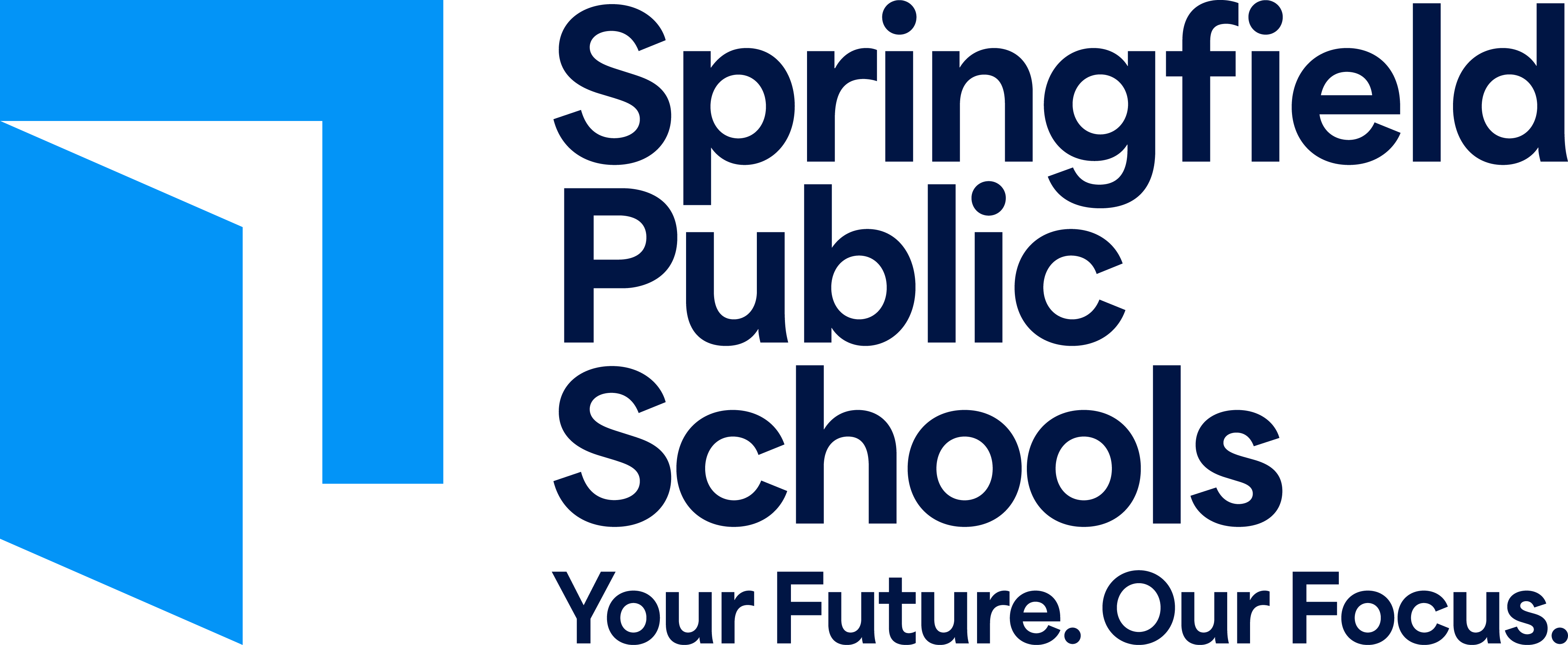Collaborative Culture
-
We are committed to engaging in proactive communication and collaboration with all stakeholders
Objective 3.1
-
Provide timely, clear communication, and meaningful public engagement opportunities for all stakeholders
-
Smart Goal 3.1.1 - Create and implement an annual strategic communications and engagement plan targeting students, staff, families, and the larger community.
Champion: Chief Communications Officer
Key Metrics: E-newsletter open rates, stakeholder engagement software (participants, thoughts, ratings), customer service data (response time, dialogues, customer satisfaction score), social media engagement, social media fans/followers, SPS.org web traffic, video views, MySPS app downloads, special events (Hall of Fame, Good Morning Springfield, SPS University, Back to School Bash, Back to School Kickoff, Progress as Promised celebrations), employee recognition, marketing collaterals, and SPS Ambassadors program support
Baseline: End-of-year data from 2020-2021 school year
Target: 2% growth/improvement annually for all quantitative metrics
Strategy A: Employ multiple methods for timely and effective two-way communication by engaging with all stakeholder groups, utilizing a variety of tools.
Strategy B: Collaborate with information technology and academic departments to evaluate and enhance communication with families, from the school and classroom, to effectively support student success.
Strategy C: Create and implement plans to increase public awareness and understanding of SPS priorities and prepare stakeholders to advocate for public education.
Strategy D: Position SPS as Missouri’s district of choice through effective marketing, public relations, and brand recognition.
-
Smart Goal 3.2.1 - Recruit, retain, and celebrate collaborative partners and volunteers to enhance a community-wide network of support for the district, students, and families.
Champion: Chief Communications Officer
Key Metrics: Staff and volunteer training content, formalized expectations/goals, volunteer e-newsletters, community partner and volunteer assessment surveys, implementation of Customer Relationship Management system, number of engaged volunteers, number of engaged community partners, number of volunteer hours, value of community partner investment, and implementation of community partner and volunteer recognition events
Baseline: Data from the 2022-2023 school year will be used as the baseline for measuring future growth
Target: In Year 1 (2023-2024), 2% growth will be demonstrated for all quantitative metrics, Year 2 (2024-2025), 3%-5% growth will be demonstrated, and qualitative metrics, examples of materials/collaterals will be provided to demonstrate strategy and outcomes
Strategy A: Enhance training for volunteers and district staff regarding the appropriate volunteer background check process, guidelines, and expectations.
Strategy B: Assess current volunteer and community partner engagement and implement a Customer Relationship Management system to monitor impact.
Strategy C: Establish mutually beneficial expectations and goals, onboard volunteers and community partners, and collaborate with various SPS departments to align individual contributions within the district.
Strategy D: Increase recruitment and engagement by attending community events and by recognizing community partners and volunteers quarterly.


